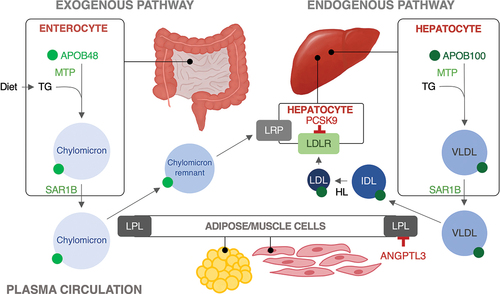Figures & data
Table 1. Non-genetic secondary causes of low LDL cholesterol.
Table 2. Summary of the epidemiology, genetic, and clinical features of the primary causes of low LDL cholesterol.
Table 3. Treatment and clinical follow-up of patients with monogenic hypocholesterolemia: abetalipoproteinemia, homozygous familial hypobetalipoproteinemia, and chylomicron retention disease.

